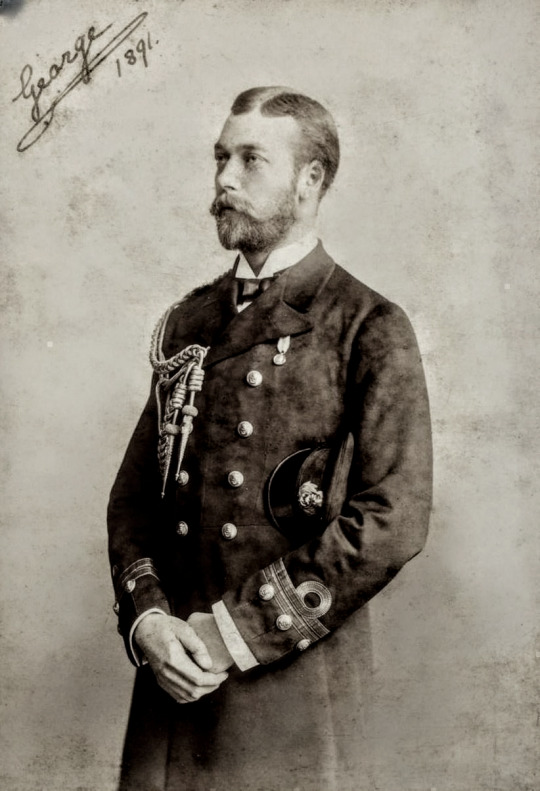Don't wanna be here? Send us removal request.
Photo
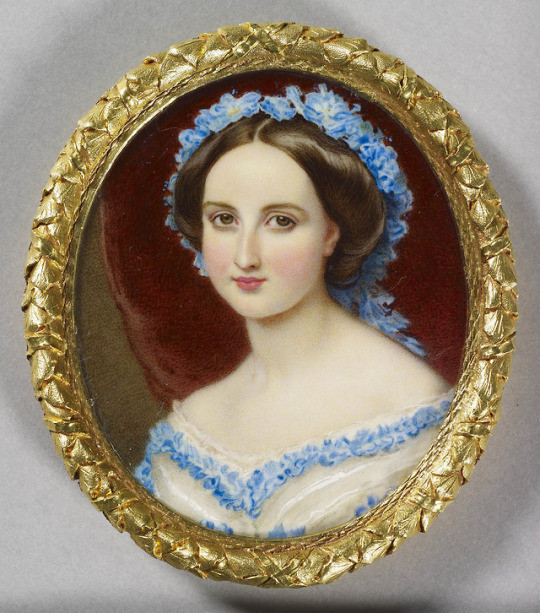
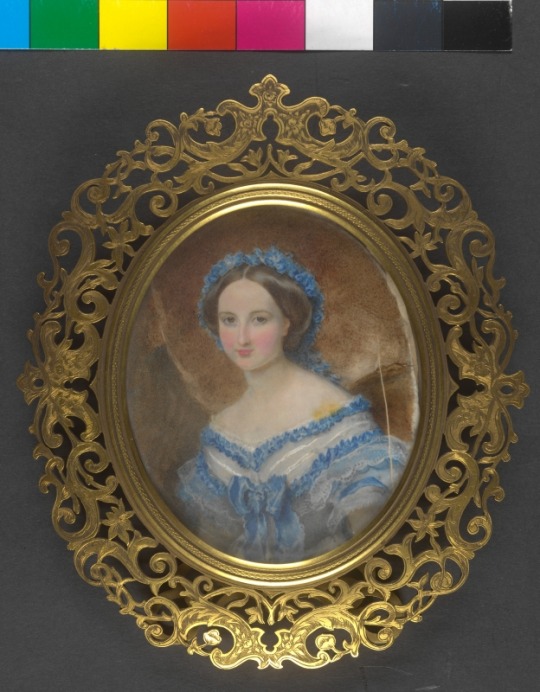
Two slightly different verssions of a portrait of Princess Charlotte of Belgium, 1850′s.
The second comes from the ÖNB
38 notes
·
View notes
Text
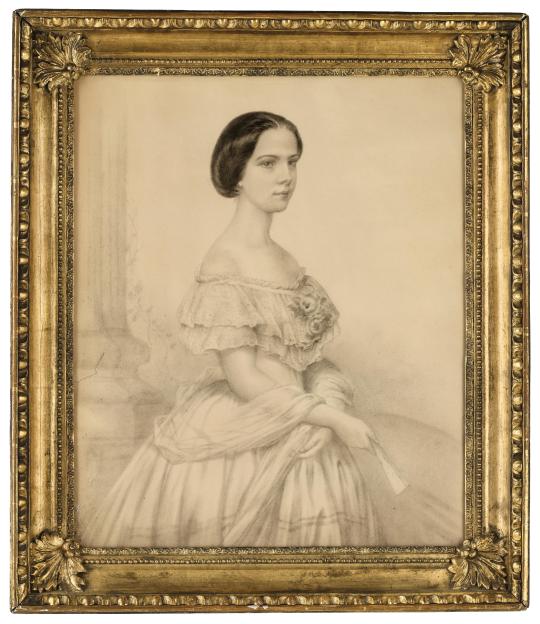
Empress Sissi (then Duchess in Bavaria) at the time of her engagement, 1853
Credits: Dorotheum
31 notes
·
View notes
Text
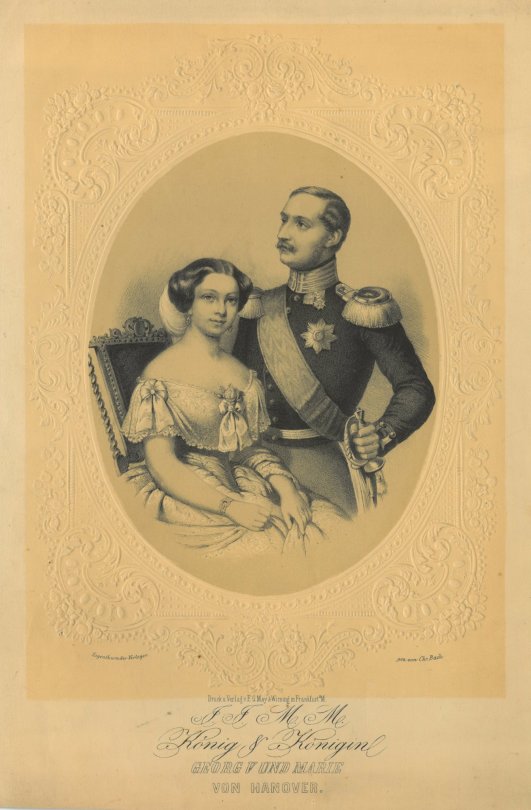
King George and Queen Marie of Hanover
8 notes
·
View notes
Text

I am also, thank God, well, as is the little one. I do have a slight chill, but hope to get rid of it in the fresh air. I went out for the first time last Monday. My return was pleasant, but quite painful. I hadn't imagined it would be so difficult. With all of this, I was in great pain for only an hour and a half. The little chills started on me at 3:00 a.m. and lasted until 3:45 to 11:00 a.m. That doesn't make my heart heavy, I hope, with God's help, to be in that position next year and to be able to cope better.
Excerpt from a letter written by Claudia Felicitas of Austria, Holy Roman Empress, on October 10th, 1674. She writes to her friend, Johanna Theresia von Harrach. She's discussing the recent birth of her first child, Anna Maria, who was about a month old at the time.
47 notes
·
View notes
Photo
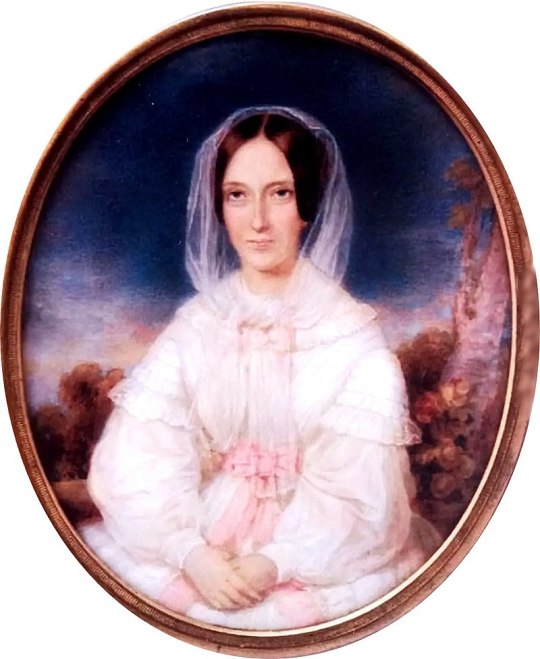
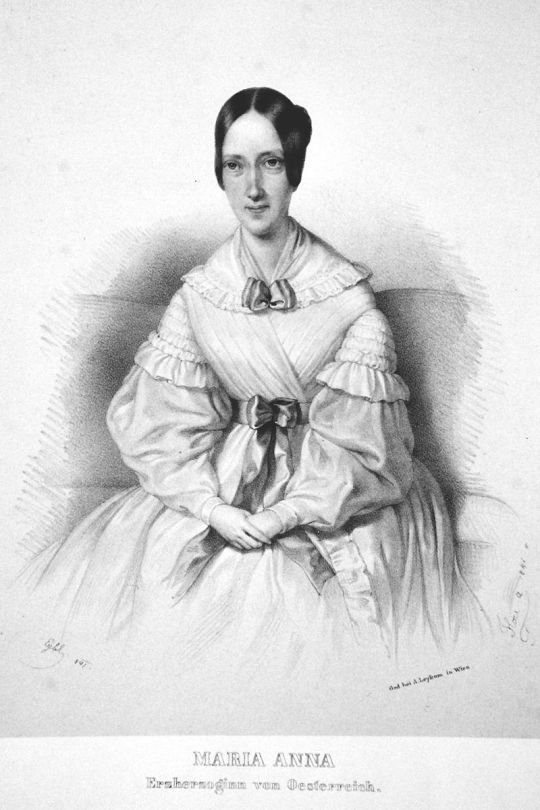
A portrait of Maria Anna of Austria, that looks very similar to a lithograph of the Archduchess that is dated 1841.
She was the tenth child and seventh daughter of Francis II and his second wife, Maria Teresa of Naples and Sicily.
24 notes
·
View notes
Text


Necklace with chalcedony gem and eight medallions with miniature portraits, circa 1818. From left to right, top row: Eugène de Beauharnais, Duke of Leuchtenberg; Théodolinde (later Countess of Württenberg); Maximilian (later 3rd Duke of Leuchtenberg). Middle row: Joséphine (later Queen of Sweden); King Maximilian I of Bavaria; Caroline. Bottom row: Auguste (later 2nd Duke of Leuchtenberg); Eugénie (later Princess of Hohenzollern-Hechingen), Amélie (later Empress of Brazil).
We do not know why Auguste Amalie of Leuchtenberg received the piece of jewelry. However, it is likely that the necklace was a gift from the king on the occasion of his daughter's 30th birthday in June 1818. Max I Joseph may have deliberately commissioned it after the scandal that his son Ludwig provoked with his brother-in-law Eugène after the constitutional celebrations in the summer of 1818, which revealed the deep rift between the brothers-in-law. King Max I Joseph had issued the constitution on May 26, 1818. The necklace would therefore have had the function of calming his daughter Auguste Amalie and assuring her family, including Eugène, of his fatherly support - which may also explain the much larger medallion of Max I Joseph in the center of the necklace. Auguste Amalie seems to have worn it very rarely, and there are hardly any signs of wear. Rather, the necklace probably served as a kind of family gallery for the duchess. And the family history is something special!
Via Neumeister
51 notes
·
View notes
Text

"My mother's death was an irreparable loss to us all and left a great gap in our lives. She had, indeed, been the mistress of the house, a wise and loving wife and mother, whom we respected as much as we loved her... My childhood ended with her death, for I became the eldest and most responsible of her orphaned children".
Recollections, The Memoirs of Victoria Milford Haven
24 notes
·
View notes
Text


"Alice had many talents of her own that she did not rate highly enough. She was beautiful dancer, a graceful skater, an accomplished horsewoman, the only one of the sisters with a real flair for clothes. Her first sight of a crinoline—worn by the Empress Eugénie at Windsor in April 1855—was a revelation; in a flash she recognised the magical effect of simplicity in an age of frills and flounces. She loved music and played the piano well, drew competently and had a gift for acting. Miss Hildyard, who stage- managed their plays and tableaux vivants, gave her the most difficult parts as a matter of course.
More than the others, Alice was deeply conscious of her position as a member of a ruling family—not that she wanted to demand homage but because she had to make herself face up to her responsibilities. This sometimes meant that she demanded too high a standard from herself, but it did not make her rigid, for she was addicted to ‘pranks and larks’ even at the expense of rank and dignity, and the household always turned a blind eye when she slipped into St George’s Chapel in ordinary clothes and sat at the back rubbing shoulders with her mother’s subjects. It was innocent enough fun and the natural result of having young parents and unconventional holidays, but it gave her a feeling of escape which was important to her. Lord Clarendon’s daughter Constance wrote that she was “just like a bird in a cage beating its wings against the bars and if she could get out wouldn’t she go it?” This is what Alice herself believed. It was only as she grew older that she began to realise that the barriers she imagined round her were not those of rank but consisted of more mundane things like lack of purpose and appreciation, intellectual barrenness and poverty. Sadly, she was to labour in a soil that was unreceptive of the seed she tried to sow."
— From the book "Queen Victoria's Children", by Daphne Bennett.
23 notes
·
View notes
Text

Princess Pauline of Saxe-Weimar-Eisenach, Hereditary Grand Duchess of Saxe-Weimar-Eisenach
10 notes
·
View notes
Text

Princess Hermine of Schaumburg-Lippe
33 notes
·
View notes
Text

The Archdukes had arrived in Naples, aboard the Elisabetta, on January 30 [of 1859], and immediately went to greet the reigning family of Tuscany, who had arrived there on the 22nd, taking lodgings at the Foresteria, to attend the wedding celebrations [of Prince Francesco of the Two Sicilies and Duchess Marie Sophie in Bavaria], despite the anxiety in which they lived due to the illness of the young Archduchess Anna [née Princess of Saxony], wife of the Crown Prince Ferdinand. The Grand Ducal family was almost complete. In addition to the Grand Duke Leopoldo, the Grand Duchess Maria Antonia, sister of the King [Ferdinando II of the Two Sicilies], the hereditary Archduke and Archduchess, Archduke Carlo and Archduchess Maria Luisa, the last of the six children of Leopold II, there was a numerous retinue [sic Carlo and Maria Luisa had two younger brothers]. Archduchess Anna, 23 years old, younger sister of the Duchess of Genoa, who had fallen ill in Florence, was treated by the Florentine doctors Capecchi and Del Punta. The Grand Duke had asked the King for a good Neapolitan doctor, and the King had sent Don Franco Rosati to Florence, in whom he placed much greater trust than in Ramaglia. Under Rosati's care, the princess seemed cured; but when the Grand Ducal family came to Naples, the illness reappeared and soon degenerated into tuberculosis. Rosati, who lived in the same palace of the Foresteria, also treated her in Naples, and Del Punta was also called from Florence, who arrived only in time to sign the last bulletins with Rosati. She died on February 10; and, struck by such a grave misfortune, the family no longer had the courage to remain in Naples, and so, two days after her death, they had the body of the poor Archduchess transported to Florence, where she was buried in San Lorenzo, the grieving family left on the morning of February 21, embarking for Livorno. The Neapolitans were amazed by the simplicity of the Tuscan Court. (...) A long journey from Florence to Naples, a serious domestic misfortune and a melancholy return, without seeing the Sovereigns, nor the spouses, deeply moved the souls of the Neapolitans.
de Cesare, Raffaele (1900). La fine di un regno (Napoli e Sicilia). Parte I Regno di Ferdinando II (machine translation, keep in my mind that nuances may/have been lost)
Pictured: Anna, Hereditary Grand Duchess of Tuscany and Archduchess of Austria, by Philipp-Albert Gliemann, unknown date (Via Wikimedia Commons).
11 notes
·
View notes




